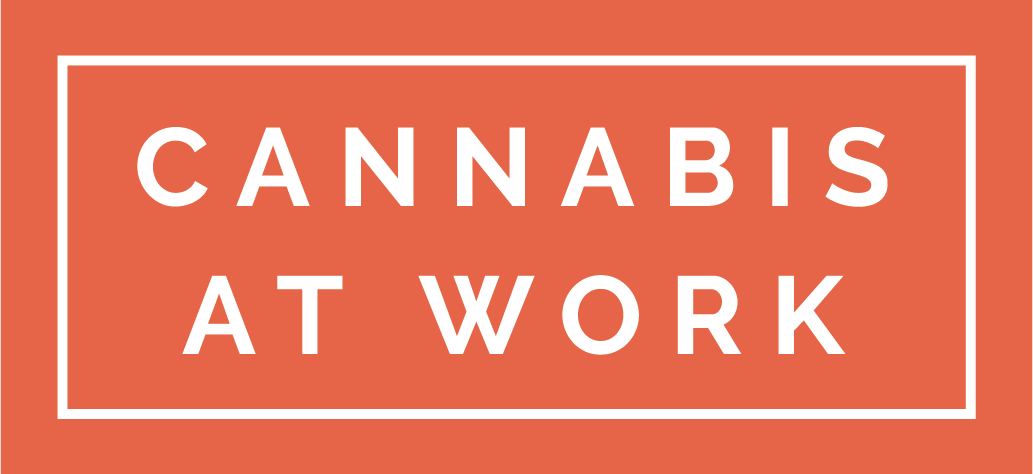What is Reasonable Suspicion?
Reasonable suspicion is part of a comprehensive drug and alcohol program and traditionally been used to trigger drug testing when impairment is suspected. However, the term reasonable suspicion can cause stress for many supervisors. Supervisors fear that approaching an employee with a suspicion could be taken as an accusation of a substance abuse issue. Reasonable suspicion is intended to mitigate risk and preserve safety by removing employees from the work site who are exhibiting signs that indicate possible impairment.
Reasonable suspicion is not meant to prove the misuse of drugs or alcohol but to identify a potential safety risk. A supervisor does not diagnose a substance abuse issue or identify the possible substance involved. They do not need to act as a substance abuse expert or counsel a person on a possible issue. The goal is to identify and document signs of impairment and confront an employee about the concerns.
Objective Observations
Well-trained supervisors play an important role in reasonable suspicion as it is based on the objective observations. Observations should be made by a trained supervisor and must be documented. The focus of the observations should be on a person’s conduct, behaviour, appearance and any distinctive odour of drugs or alcohol. These observations could include things such as erratic or abnormal behaviour, possession or use of an unknown substance, disorientation, slurred speech, smell of alcohol, disheveled appearance and blood shot eyes, to name just a few.
Supervisors can refer to their Human Resources department or other trained managers for support when confronting the employee about their observations and the intention of sending the employee for drug and alcohol testing.
Addressing the Observations
When confronting the employee, the conversation should focus on the documented objective observations that were made, not on any speculation of an existing problem. They should also discuss that they will be sending the employee for drug and alcohol testing, assuming a drug and alcohol program is in place. The employee may object and supply possible explanations. The supervisor should listen to the explanation and advise the employee that the testing should then rule out drugs and alcohol as a possible cause. Part of the conversation should address the possible consequences of an employee not agreeing to a test as well as the consequences of a positive test. Throughout the conversation the supervisor should stay focused on the observations they made and not make accusations or assumptions. Supervisors should refer to their drug and alcohol policy to ensure the steps taken are consistent.
Keeping the Workplace Safe
Supervisors may also worry about ruining the relationship with the employee should a substance abuse issue exist. They often think that the problem will fix itself but this is rarely the case. By allowing an employee to continue to work in a safety sensitive position, when the supervisor has observed conduct or behaviour that might indicate impairment, the safety of the employee and the workplace are put at risk. If the employee tests positive it will provide the employee the opportunity to seek help they did not know existed or were not comfortable in seeking themselves. In the end, a safety risk has been mitigated, which is the main objective.
If reasonable suspicion methodology is used effectively it can help to maintain a safe work environment. It may be uncomfortable to have the conversation with an employee about the conduct, behaviour, appearance or odor the supervisor observed but it will allow the opportunity to remove a potential unsafe or unfit employee from safety sensitive work before an accident or incident occurs.

